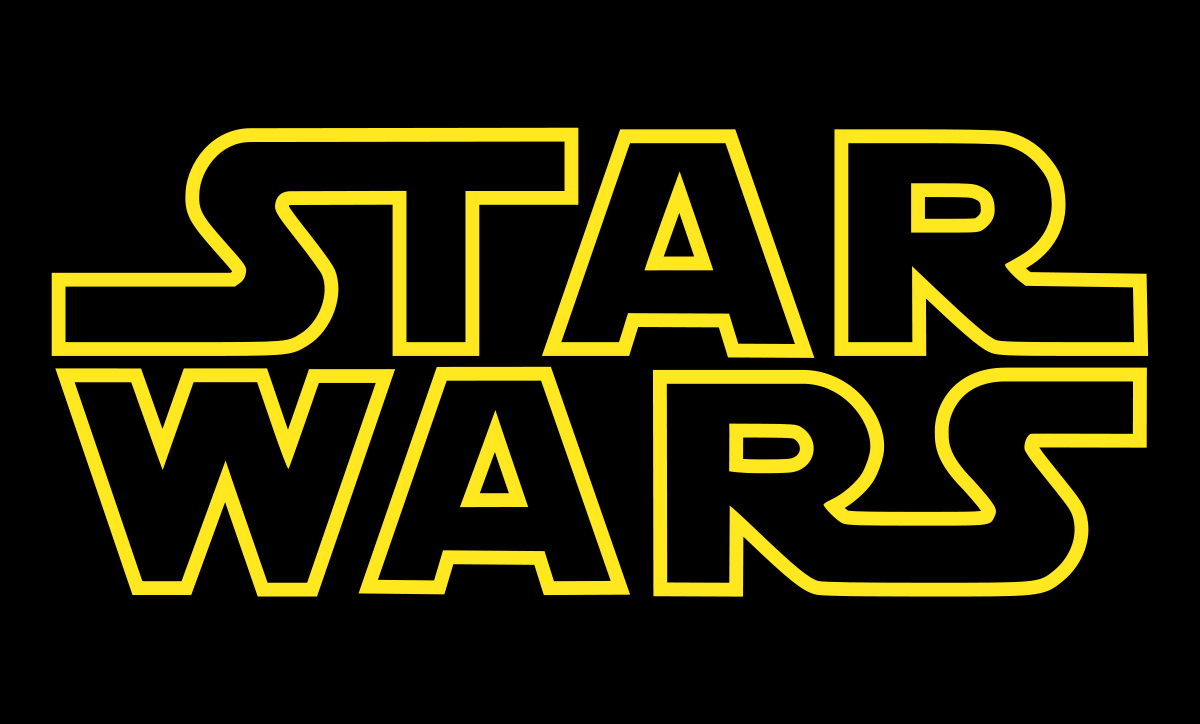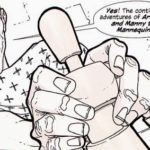
Star Wars: Age of Republic Qui-Gon Jinn # 1
Writer: Jody Houser
Artist: Cory Smith
Inker: Walden Wong
Colorist: Javier Tartaglia
Letterer: VC’s Travis Lanham
Publisher: Marvel Comics
Review by Cameron Kieffer

Just about every major Marvel franchise has had a weekly event at some point so it was only a matter of time before STAR WARS would continue that trend. However, unlike most events that tell one long storyline, the “Age of Star Wars” is a maxi-series of one-shots, each focusing on a different hero or villain, spanning three different eras. The first part of Star Wars: Age of Republic Qui-Gon Jinn has been dubbed the AGE OF REPUBLIC and is set during the oft-maligned “Prequel” era. This will be followed in the coming months by AGE OF REBELLION, which takes place during the original trilogy, and AGE OF RESISTANCE, which will occur sometime during the current timeline.
Our story begins on the planet Bri’n, where Jedi Master Qui-Gon Jinn is at odds with the locals after failing to negotiate a peace between two opposing factions. After making a quick escape, Qui-Gon confers with Yoda to determine how best he can help these people. To no one’s surprise, all answers lead to the Force and what follows is a spiritual journey where Qui-Gon must confront his own fears. If you’re familiar with a certain Jedi mantra concerning fear, you might know where this is heading. Without saying too much, there is a sequence late in the book that appears to reference a scene in “The Last Jedi” so it will be interesting to see if this plays into next year’s AGE OF RESISTANCE.
Considering this is the first of a planned 24-issue series, it doesn’t exactly hit the ground running. The issue is heavy on themes but considerably light on story. It may not help that the Prequel Trilogy is arguably the weakest storyline in the film franchise. Writing duties are handled by Jody Houser, who is no stranger to this universe, having penned the “Rogue One” adaptation, as well as the more recent “Thrawn” mini-series. To her credit, she manages to capture the voices of both Qui-Gon and Yoda quite well; not an easy feat when you consider how often the diminutive Jedi Master’s speech patterns get spoofed. She also explores some interesting ideas related to Jedi mysticism and provides some clarity to the whole bringing-the-Force-into-balance thing.
By far the book’s greatest strength is the art. Penciler Cory Smith is right at home here, nailing the look of known characters without attempting photo-realistic designs. Qui-Gon has a very distinct look, which Smith captures in his own style. It’s clear that he’s drawing Qui-Gon, as opposed to a cartoony Liam Neeson. The alien designs are unique and fit in very well with the various species we’ve seen in this universe. The artistic team is rounded out with Walden Wong on inks and Javier Tartaglia on colors. Their combined efforts create a very clean and vibrant look throughout that matches the visuals of the Prequels (but in a good way). We’ve seen so little of this era in the Marvel titles that it almost looks and feels like an older Dark Horse book, which is in no way a bad thing.
The Verdict: Check it out.
Despite its shortcomings, this was an enjoyable issue that is set apart from most of the STAR WARS books on the shelves. The character of Qui-Gon has been noticeably absent from the current Marvel books so it’s nice to see him front and center, even if just for one issue. There are some interesting themes to explore but I don’t know that there’s enough content here to necessitate another twenty-some issues. Whether or not these themes carry over into future installments remains to be seen but at least we won’t have long to wait.



